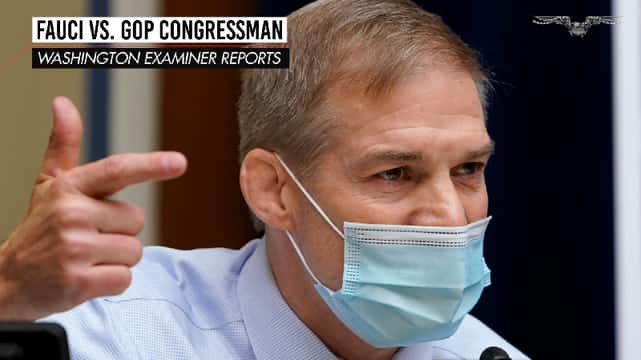Workers don't share Democrats' nostalgia for unions
The election in question was held over whether the employees at an Amazon warehouse in Bessemer, Alabama, wanted to be represented by the Retail, Wholesale and Department Store Union — not, as the Washington Post (owned by Amazon CEO Jeff Bezos) put it, a contest of “Big Tech vs. its workers.”
The workers weren’t one of the adversaries. They were the judges. And the overwhelming majority of them, despite biased media coverage and blatant nudges from President Joe Biden, chose against the union.
That has significance far beyond the individuals involved. Amazon is now America’s second largest employer after Walmart, with 950,000 domestic employees. With the increased demand for delivered merchandise during COVID-19 restrictions, Amazon reports that it has hired some 427,300 workers over the past year.
It’s no secret that organized labor unions would like to represent employees at big firms such as Walmart and Amazon. That would bring in millions in union dues and, in the opinion of union advocates, better wages, benefits, and working conditions for workers.
It’s a bit more of a secret that Democratic politicians want unions to organize these firms. Perhaps they think it would help workers, but another reason is that unions channel large amounts in campaign contributions, almost every single dollar to Democrats. Unionization is, although liberals really don’t like to hear this, a form of public financing of campaigns for one political party.
The Retail Workers and other unions haven’t tried nationwide drives at Amazon or Walmart. That would require a hugely expensive national organizing campaign, with low chances of success. The Bessemer warehouse, with its majority-black workforce in a majority-black county, looked like a more feasible target. In partisan elections, they undoubtedly vote heavily Democratic.
That was also true of Nissan’s auto assembly plant in Canton, Mississippi, the majority-black workforce of which the United Auto Workers attempted to organize in 2016 and 2017. It failed. In August 2017, 63% of the 3,500 workers who voted rejected union representation. Like the Amazon workers in Bessemer, they were evidently satisfied with current wages and benefits and felt that union dues wouldn’t be worth paying.
Since the Nissan vote, two national UAW presidents have been convicted of embezzling union funds. That’s not going to make it easier for the UAW to snap its losing streak in auto plants for non-U.S.-based automakers. And it’s a sad contrast with the austere integrity of longtime UAW President (1946-68) Walter Reuther and his immediate successors.
Many liberal commentators look back to Reuther’s time and the “Midcentury Moment” when unionism peaked in the United States at 35% of the private sector workforce in 1954. As of last year, that figure has fallen to just 6%. Public employees, almost none of them unionized in the 1950s, now make up about half of all union members.
The surge in private sector union membership actually occurred in the late 1930s, when the UAW and other unions organized auto, steel, rubber, and other heavy industries. Unions staged sit-down strikes, illegally occupying huge factories. Michigan’s Democratic governor refused to order troops to enforce court orders. The companies recognized the UAW, but the governor was defeated in 1938.
Why did the union win? Factory pay was good, and in a slack Depression economy, fired workers could easily be replaced. Workers’ long-standing grievance was management’s use of “Taylorism,” or time-and-motion studies that sped up assembly lines and treated workers like unthinking machines, leading to grueling and often unsafe speedups.
Today, Taylorism has long since been replaced by Japanese-pioneered methods encouraging worker autonomy. In the tight labor market of the Trump era, companies have had to offer good wages and benefits to attract workers and cannot easily replace them. Meanwhile, the argument that 1950s unions promoted the “family wage,” allowing a man to support his a stay-at-home wife and family, has little appeal to today’s cultural liberals.
The Biden Democrats’ major legislation has been larded up with provisions they hope will promote unionization. They want to dragoon subsidized home-care workers and preschool attendants into unions, as some Democratic states have done, and to classify gig workers (such as Uber drivers) as full-time employees, with minimum hours, weekly schedules, and mandatory union dues, the way California did.
Some of these measures may work, at least temporarily, and channel millions of tax dollars to Democratic election campaigns. But they’re not likely to recreate the 1930s era of explosive union growth or the "Midcentury Moment" of contented union membership.


No comments:
Post a Comment